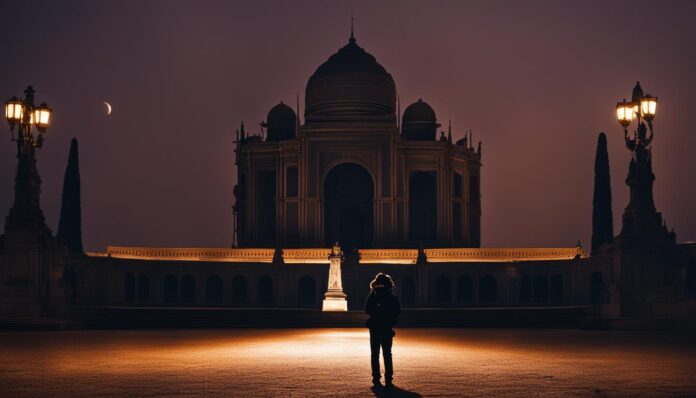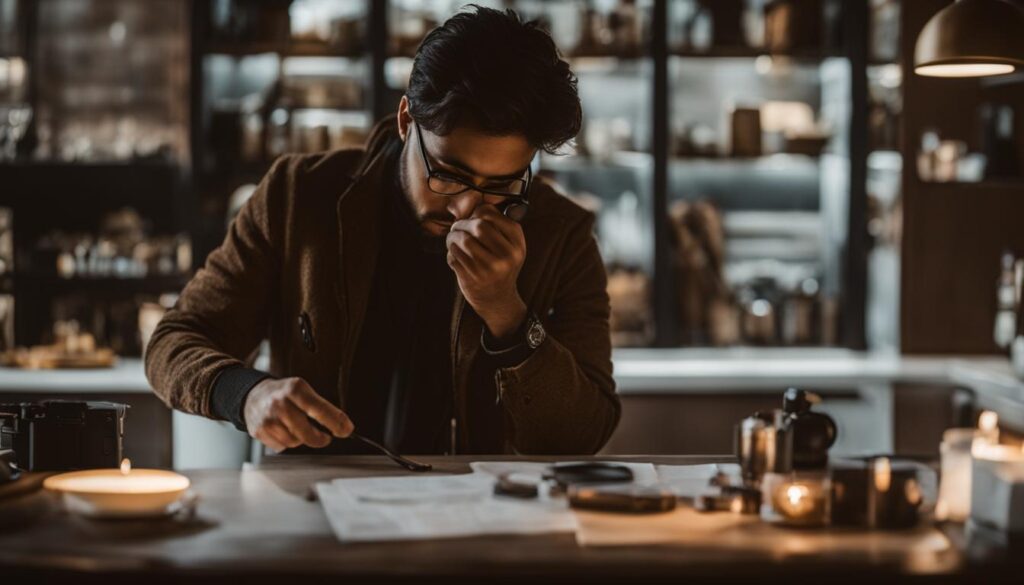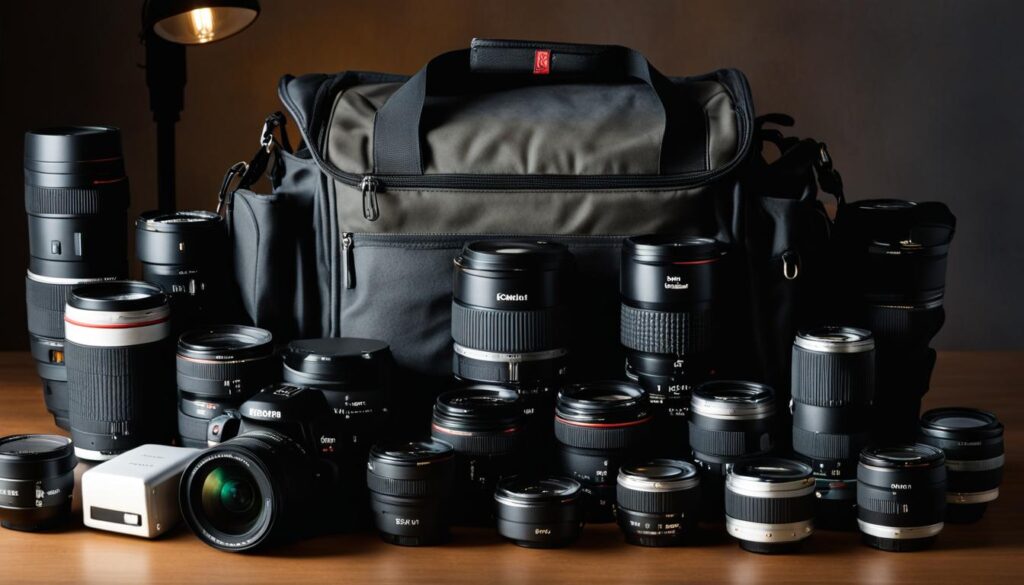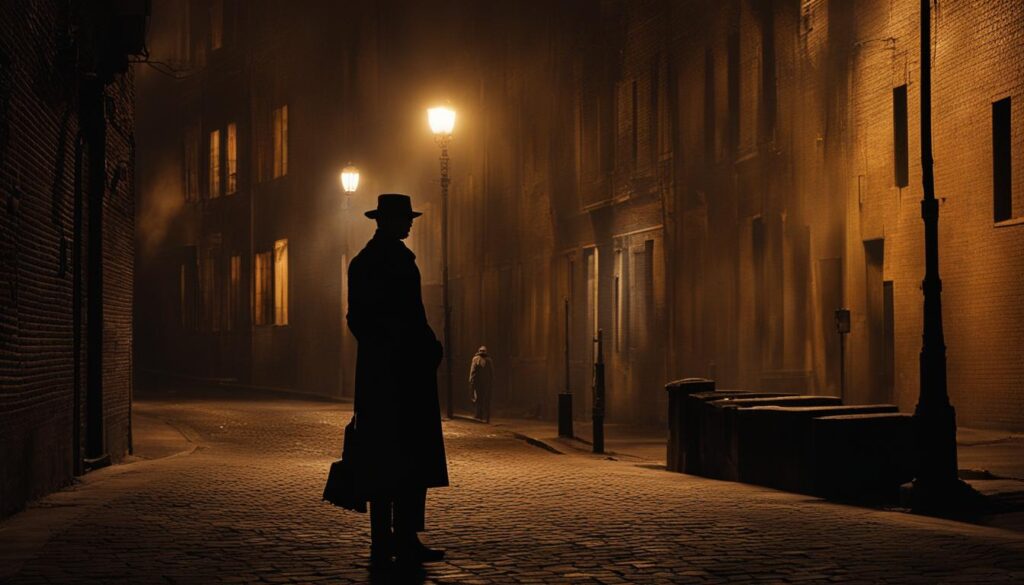If you’re a travel enthusiast, capturing the beauty of different destinations and cultures may be something you enjoy. Low light photography can elevate your travel photography game to new heights by creating stunning images after dark. However, taking mesmerizing low light travel photographs may seem daunting at first. Don’t worry; in this article, you will discover actionable tips and techniques that will make low light travel photography a breeze.
From understanding low light photography techniques to choosing the right equipment and capturing moving subjects in low light, this article has got you covered. By mastering these skills, you will be able to create captivating night scenes that convey the essence of each destination. Let’s dive into the world of low light travel photography and capture breathtaking images after dark!
Understanding Low Light Photography
Low light conditions present a unique challenge for photographers, requiring specific techniques and settings to capture stunning images. Understanding the essential concepts of low light photography is crucial for achieving the desired results.
The three key elements that affect exposure in photography are aperture, shutter speed, and ISO.
| Element | Definition |
|---|---|
| Aperture | The size of the lens opening determines how much light enters the camera. The lower the f-stop number, the larger the opening, allowing more light to enter and resulting in shallower depth of field. |
| Shutter Speed | The amount of time the camera’s sensor is exposed to light determines how bright the image will be. A slower shutter speed allows more light to enter the camera, resulting in a brighter image. However, it also increases the risk of camera shake and motion blur. |
| ISO | ISO measures the camera sensor’s sensitivity to light. A higher ISO value results in a brighter image. However, it also introduces more noise and grain to the image. |
Optimizing the camera settings for low light photography requires finding the right balance between these three elements.
In addition to the technical settings, there are various low light photography techniques that can enhance the final image. These include:
- Long Exposure: This technique involves using a slow shutter speed to capture movement in low light, resulting in creative effects such as light trails and blurred motion.
- Noise Reduction: High ISO settings can introduce noise or grain to the image. Noise reduction software can remove unwanted artifacts from the final image.
- Using Tripods: Low light conditions require the camera’s shutter to stay open for longer periods. Using a tripod will help to maintain stability and reduce the risk of camera shake.
Understanding the essential techniques and settings is crucial for capturing compelling low light images. Experimenting with these concepts and techniques will enable you to capture stunning night scenes and take your low light photography to the next level.
Choosing the Right Equipment
Getting the right equipment is essential for a successful low light travel photography experience. When selecting a camera, go for one that has an excellent ISO range and performs exceptionally well in low light conditions. Our top picks for the best camera for low light travel photography include:
| Camera | Features |
|---|---|
| Canon EOS R5 | 45 megapixels, has a wide ISO range of 100-51200 for both photos and videos, fast autofocus, and in-body image stabilization |
| Sony a7S III | 12.1 megapixels, exceptional ISO range of 40-409600, in-body image stabilization, and a 759-point hybrid autofocus system |
| Nikon Z6 II | 24.5 megapixels, ISO range of 100–51200, high-speed continuous shooting of up to 14 fps, in-body image stabilization, and 273 autofocus points |
Besides a camera, a stable tripod, and a remote shutter release are also necessary for keeping the camera steady in low light conditions to avoid blurring. Additionally, fast aperture lenses are vital for capturing sharp images in low light, ensuring quality and clarity. You can also explore using filters such as polarizers, neutral density, or graduated filters to help you control and manipulate light.
Tip: Before making a final purchase decision, make sure to conduct extensive research and read reviews from other photographers to determine which equipment is best suited to your travel photography style and budget.
Mastering Exposure in Low Light
In low light conditions, proper exposure is essential for capturing stunning and compelling images. Understanding exposure compensation, manual mode, and bracketing techniques can make all the difference in your low light photography. Here are some tips to help you master exposure in low light:
- Use exposure compensation: Adjusting your camera’s exposure compensation can help you lighten or darken your image according to your requirements. Increase it by one or two stops to brighten up your low light shot, or decrease it to create a moody, darker effect.
- Use manual mode: When shooting in low light, try setting your camera to manual mode. This lets you take full control of the exposure settings, including shutter speed and aperture. Keep in mind that a slower shutter speed allows more light into the camera, but it can also introduce motion blur if not supported by a tripod.
- Try bracketing: Bracketing is the process of taking multiple shots of the same subject at varying exposure levels and then merging them together using editing software. This technique ensures that you capture the best possible exposure for your low light scene.
Keep in mind that the exact settings you use will depend on the lighting conditions and your personal preferences. Make sure to experiment with different techniques to find the ideal combination for each scenario.
Example: Exposure Settings for Low Light Scenes
The following table outlines some recommended exposure settings for low light photography:
“Exposure is everything in low light photography. Learning how to control your camera’s settings is key to capturing stunning and breathtaking images.”
Using Natural and Artificial Light
When it comes to low light travel photography, understanding how to work with natural and artificial light sources is key to creating stunning shots. By utilizing available sources of light, you can capture cityscapes, landscapes, and other night scenes in creative ways that emphasize their unique qualities.
One approach to working with light sources is to experiment with long exposures. This technique involves keeping the camera’s shutter open for an extended period, helping to capture movement and transform streetlights, headlights, and other light sources into striking visual elements.
Another technique to consider is light painting, where you use a light source, such as a flashlight, to “paint” light onto your subject while the camera’s shutter is open. This can result in stunning, ethereal images with a surreal quality.
Finally, it’s worth noting that taking advantage of available light sources can help you create unique low light travel photography. Try framing your shots to include bright neon signs, streetlights, or fireworks for a dynamic image that showcases the best features of your location.
Composition and Framing
Composition is a crucial aspect of low light travel photography, allowing you to create visually stunning and captivating night scenes. By carefully considering your framing and utilizing leading lines, negative space, and other techniques, you can emphasize the mood and atmosphere of your low light images.
When framing your low light shots, consider placing your subject off-center to create a more dynamic composition. Utilize leading lines such as roads, bridges, or buildings to draw the viewer’s eye to the main subject of the image.
Negative space can also be key in creating compelling low light images. Incorporate empty areas around your subject, such as the night sky or a dark corridor, to highlight the subject and add depth to the composition.
Finally, experiment with different angles and perspectives to create unique and visually arresting low light shots. For instance, shoot from a low angle to emphasize the height of a building or capture light trails from car headlights.
Post-Processing and Editing Tips
Once you’ve captured your low light travel photographs, it’s time to enhance and refine them through post-processing and editing. Below are some tips and techniques to help you achieve stunning results:
Adjust Exposure and Contrast
One of the most important steps in post-processing low light images is adjusting the exposure. Use software tools such as Adobe Lightroom or Photoshop to adjust the exposure and contrast to achieve a crisp, clear image. Be mindful not to overdo it, as this can lead to unnatural-looking images.
Reduce Noise
Noise, or the grainy appearance of an image, is a common issue when shooting in low light. To reduce noise, use noise reduction software or plugins, such as Noiseless or Dfine. Be careful not to over-smooth the image, which can remove important details.
Color Correction
Correcting color casts in low light images can be tricky. One solution is to adjust the white balance, which can create a cooler or warmer tone to the image. Another option is to use selective color adjustments to bring out certain hues and minimize others.
Add Creative Effects
Low light images can also benefit from creative color grading, vignettes, or other effects that emphasize the mood and atmosphere of the scene. Experiment with filters, presets, and other editing tools to find the right effect for your image.
“Post-processing can turn a good photo into a great one. Experiment and have fun with editing to bring out the best in your low light images.”
Capturing Moving Subjects in Low Light
Capturing motion in low light situations can be challenging but also incredibly rewarding. Whether you’re trying to capture light trails or moving subjects, there are several techniques you can utilize to get the perfect shot. Here are a few low light photography techniques to help you capture stunning night scenes:
1. Use a Slow Shutter Speed
One of the easiest ways to capture motion in low light is to use a slow shutter speed. This technique works well for capturing light trails, such as car headlights or stars. To use this method, set your camera to manual mode and select a shutter speed of around 10-30 seconds.
2. Try Panning
Panning is a technique where you move your camera along with the moving subject to create a sense of motion. This method works well for capturing moving subjects, such as dancers, athletes, or animals. To use this method, set your camera to shutter priority mode and select a slow shutter speed of around 1/30th of a second.
3. Capture Light Trails
Light trails are a popular subject for low light photography. This technique involves capturing the movement of light sources, such as cars, boats, or fireworks. To use this method, set your camera to manual mode and select a slow shutter speed of around 10-30 seconds.
| Technique | Method |
|---|---|
| Slow Shutter Speed | Select a shutter speed of around 10-30 seconds in manual mode to capture light trails. |
| Panning | Use shutter priority mode and select a slow shutter speed of around 1/30th of a second to capture moving subjects. |
| Light Trails | Select a slow shutter speed of around 10-30 seconds in manual mode to capture movement of light sources. |
Whichever method you choose, make sure to stabilize your camera using a tripod or another stable surface. This will help prevent camera shake and ensure your images are sharp and in focus.
Experiment with different low light photography techniques to capture stunning night scenes with moving subjects.
Exploring Different Low Light Scenarios
Low light photography provides unique opportunities for capturing stunning images in a variety of scenarios. Whether you’re exploring urban environments, natural landscapes, or cultural events, there are countless possibilities for breathtaking low light travel photography. Here are some night photography ideas to get you inspired:
Urban Environments
The city comes alive at night, presenting endless opportunities for capturing mesmerizing low light images. Try experimenting with different angles and perspectives to capture the energy and atmosphere of the city streets. Urban environments offer plenty of intriguing light sources, including streetlights, neon signs, and illuminated architecture.
If you’re shooting in a busy location, consider using a tripod to stabilize your camera and achieve long exposures that capture motion. You can also try adjusting your camera settings to widen your aperture and let in more light, creating a soft, dreamy bokeh effect.
Natural Landscapes
The great outdoors offers a wealth of opportunities for capturing stunning low light travel photography. Whether you’re photographing the stars above a remote mountain range or capturing the tranquil glow of a sunset over the ocean, nature provides a breathtaking canvas for low light photography.
Make sure to pack a sturdy tripod and experiment with different shutter speeds and ISO settings to capture the right amount of light for your scene. Don’t be afraid to explore different angles and perspectives to showcase the natural beauty of your surroundings.
Cultural Events
Cultural events such as festivals and concerts offer unique opportunities for capturing vibrant low light images. With crowds of people and colorful backgrounds, these events present a dynamic canvas for your low light travel photography.
When capturing cultural events, try shooting in burst mode to capture a series of images and select the best ones later on. You can also use your camera’s flash to freeze motion and capture vivid details.
Conclusion
You now have the tools and knowledge to take your low light travel photography to the next level. Remember to experiment with different techniques and settings to find what works best in different situations. Keep in mind the importance of appropriate equipment, composition, and creative lighting, and utilize post-processing techniques to bring your images to life.
Low light photography can be challenging, but with practice and patience, you can capture breathtaking images that showcase the beauty of the world after dark. So, grab your camera and start exploring the endless possibilities of low light travel photography!

















































